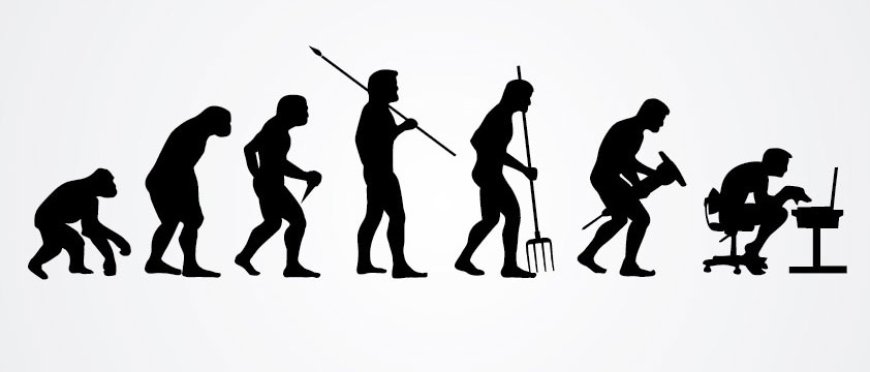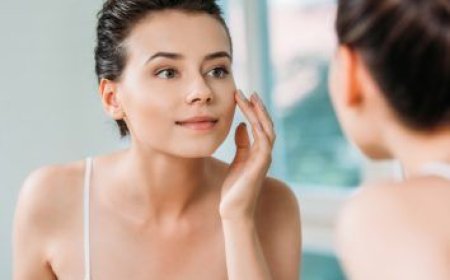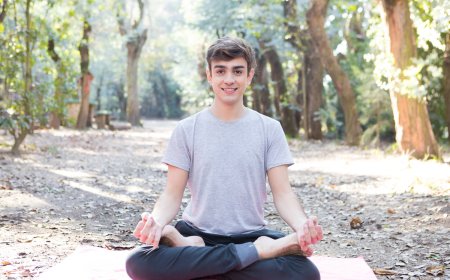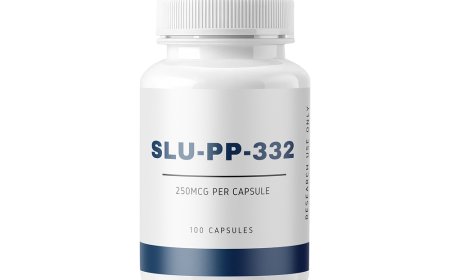History of Lower Back Pain Relief (Lumbar Pain)

Throughout history, various cultures have developed methods to manage lower back pain (LBP), ranging from natural remedies to invasive procedures.
Ancient Civilizations (Egypt, Greece, Rome, China, India):
-
Egypt (c. 1500 BCE) The Ebers Papyrus mentions remedies like herbal poultices and massages to relieve back and lumbar pain.
-
Greece (Hippocrates, c. 400 BCE) Recommended spine traction, stretching exercise, and spinal manipulation.
-
Rome (Galen, c. 200 CE) Advised rest, massage, and hydrotherapy.
-
China (Traditional Chinese Medicine TCM) Used acupuncture, moxibustion, and herbal medicine.
-
India (Ayurveda) Practiced yoga, oil massages, and herbal treatments.
Back Pain Treatment in Middle Ages & Renaissance:
-
Bloodletting & Leeches Believed to balance humors causing lower back pain.
-
Spine Bone Setting Manual backbone adjustments by barber-surgeons.
In 18th19th Century Backaches Handling:
-
Opium & Laudanum Pain relief through narcotics relaxation.
-
Early Chiropractic (D.D. Palmer, 1895) Spinal cord adjustments for nerve function.
-
Traction Devices Mechanical stretching of the spine.
Early 20th Century:
Surgical Interventions (e.g., laminectomy, discectomy) Developed but risky.
Bed Rest Prescription Common but later found ineffective.
Current Situation with Low Back Pain:
Today, lower back pain remains a leading cause of disability worldwide, affecting 80% of people at some point in life (WHO). The approach has shifted significantly due to medical advancements and modern lifestyle changes.
Key Changes in Lower Back Pain Treatment (21st Century):
-
Non-Surgical & Conservative Care First, Invasive Operations Consider as a Last Resort.
-
Physical Therapy & Exercise (Core strengthening, McKenzie method, Pilates).
-
Pain Killers Medications (NSAIDs, muscle relaxants but opioid crisis limits use).
-
Cognitive Behavioral Therapy (CBT) For chronic pain management.
-
Minimally Invasive Procedures, Like Epidural Steroid Injections For nerve-related pain.
-
Radiofrequency Ablation (RFA) Numbing nerves causing pain.
-
Regenerative Medicine (PRP, stem cell therapy experimental but growing).
Surgical Innovations in the Spine Treatment:
-
Microdiscectomy & Artificial Disc Replacement Less invasive than open surgery.
-
Spinal Fusion (in severe cases) But overuse criticized.
Alternative & Complementary Back Pain Relief Therapies:
-
Yoga & Tai Chi Evidence-backed for pain relief.
-
Chiropractic & Osteopathy Widely used but controversial in some cases.
-
Acupuncture Supported by some studies for chronic pain.
-
Gentle Stretching of Spinal Cord and Especially Lower Back.
Impact of Modern Lifestyle on Lower Back Pain:
-
Sedentary Lifestyle (Worsening Back Health) and Prolonged Sitting (Office jobs, screen time) weakens core muscles and increases disc pressure.
-
Poor Posture (Slouching, phone use) strains lumbar spine.
-
Obesity & Poor Diet Excess weight increases spinal load and inflammation.
-
Stress & Mental Health Links Chronic stress ? muscle tension ? chronic back pain
Ergonomic Awareness & Workplace Adjustments:
Standing desks, lumbar support chairs, and movement breaks may help prevent lower back pain.
Conclusion:
Historically, lumbar pain was treated with manual therapies, herbs, and risky procedures. Today, evidence-based, multidisciplinary approaches (exercise, mental health support, minimally invasive treatments) dominate, while modern sedentary habits worsen back issues. Prevention and active rehab (rather than passive rest) are key in todays world.
Gentle Back Traction for Lower Back Pain Relief.
Experience the ultimate relief from persistent lower back pain relief products with the revolutionary Lumbarest Spine Traction Device. This ingenious solution is crafted to offer unparalleled comfort by gently stretching and relaxing your spine, targeting the root of discomfort
directly at home. Imagine a soothing mini spa session specifically designed for your back, giving your spine the holiday it deserves.
Not only can this marvelous device help alleviate tension and pressure with ease, but it also works wonders on improving posture over time. Enjoy the freedom of scheduling your therapeutic sessions whenever you desire without the hassle of appointments or travel. Elevate your wellness journey with the Lumbarest Spine Traction Device and embrace a life of comfort and ease. Discover the soothing serenity of a device designed to bring relief, right at your fingertips. Consult with a healthcare professional to ensure it's the right fit for you and make lower back pain a concern of the past.












































